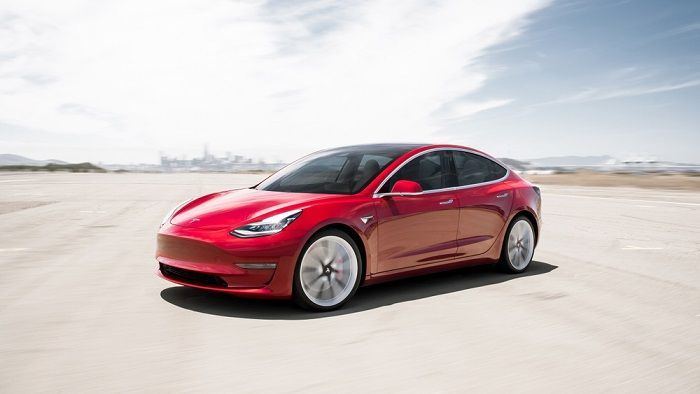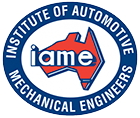Tesla Achieves Milestone: 5 Millionth Vehicle Produced in September

In a groundbreaking announcement on the social media platform X (formerly Twitter), Tesla, Inc. dropped a bombshell that sent shockwaves through the automotive industry. In September, the pioneering electric vehicle (EV) manufacturer reached a remarkable milestone by producing its five millionth vehicle. This achievement marks a significant step towards Tesla's mission of accelerating the world's transition to sustainable energy. Let's delve into this remarkable accomplishment and its implications for the EV industry.
A Journey of Innovation and Transformation
Tesla's journey to the five millionth vehicle has been nothing short of extraordinary. Founded in 2003 by Elon Musk, JB Straubel, and others, the company set out to challenge the status quo of the automotive industry by prioritizing electric vehicles and renewable energy solutions. Their first car, the Tesla Roadster, was released in 2008, and it quickly set a new standard for electric performance and range.
Over the years, Tesla continued to innovate, with the Model S, Model X, Model 3, and Model Y becoming popular choices among consumers. The company's commitment to producing high-quality electric vehicles with impressive range and cutting-edge technology garnered a dedicated global following.
Production Milestones
Tesla's journey to five million vehicles was punctuated by several key milestones:
Gigafactories: Tesla's expansion to multiple Gigafactories across the world has been crucial to ramping up production. These enormous manufacturing facilities, which produce batteries, drivetrains, and vehicles under one roof, have significantly increased Tesla's production capacity.
Global Reach: Tesla's vehicles are now available in multiple countries, with international Gigafactories like Gigafactory Shanghai and Gigafactory Berlin playing a pivotal role in meeting the increasing demand for EVs.
Model Lineup: The expansion of Tesla's vehicle lineup, including the more affordable Model 3 and Model Y, made electric mobility accessible to a wider audience.
Environmental Impact
Tesla's milestone of five million vehicles produced is not just about numbers; it signifies a profound environmental impact. By transitioning consumers away from internal combustion engines to electric vehicles, Tesla has played a critical role in reducing greenhouse gas emissions and mitigating the effects of climate change.
Each Tesla vehicle produced represents a step towards a cleaner, more sustainable future. Tesla's incorporation of solar energy, energy storage solutions, and sustainable manufacturing practices further exemplifies its commitment to environmental stewardship.
Future Prospects
With the five millionth vehicle now off the production line, Tesla is showing no signs of slowing down. The company has ambitious plans for the future, including the development of the Cybertruck, the rollout of Full Self-Driving (FSD) technology, and continued expansion into new markets.
Furthermore, Tesla's commitment to renewable energy solutions extends beyond just vehicles. Their energy storage products and solar energy initiatives are poised to revolutionize the way we generate, store, and consume electricity.
Tesla's announcement of producing its five millionth vehicle in September is a testament to the company's relentless pursuit of innovation and sustainability. From humble beginnings to global recognition as a leader in the EV industry, Tesla has reshaped the automotive landscape. This milestone is not just a celebration of past achievements but a promise of a brighter, cleaner, and more sustainable future for all of us. As Tesla continues to push the boundaries of what is possible in the world of electric mobility, it leaves no doubt that the EV revolution is here to stay.








